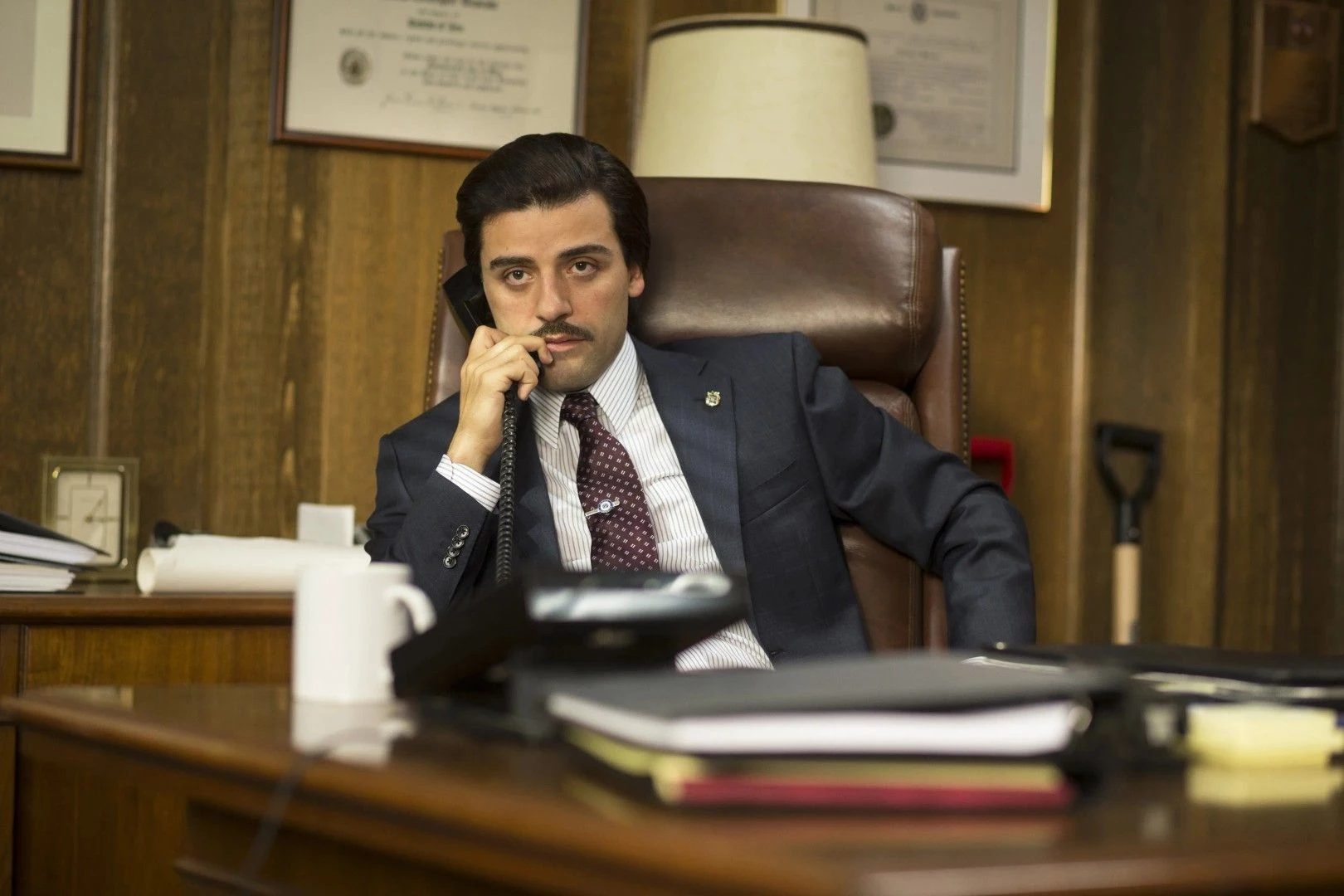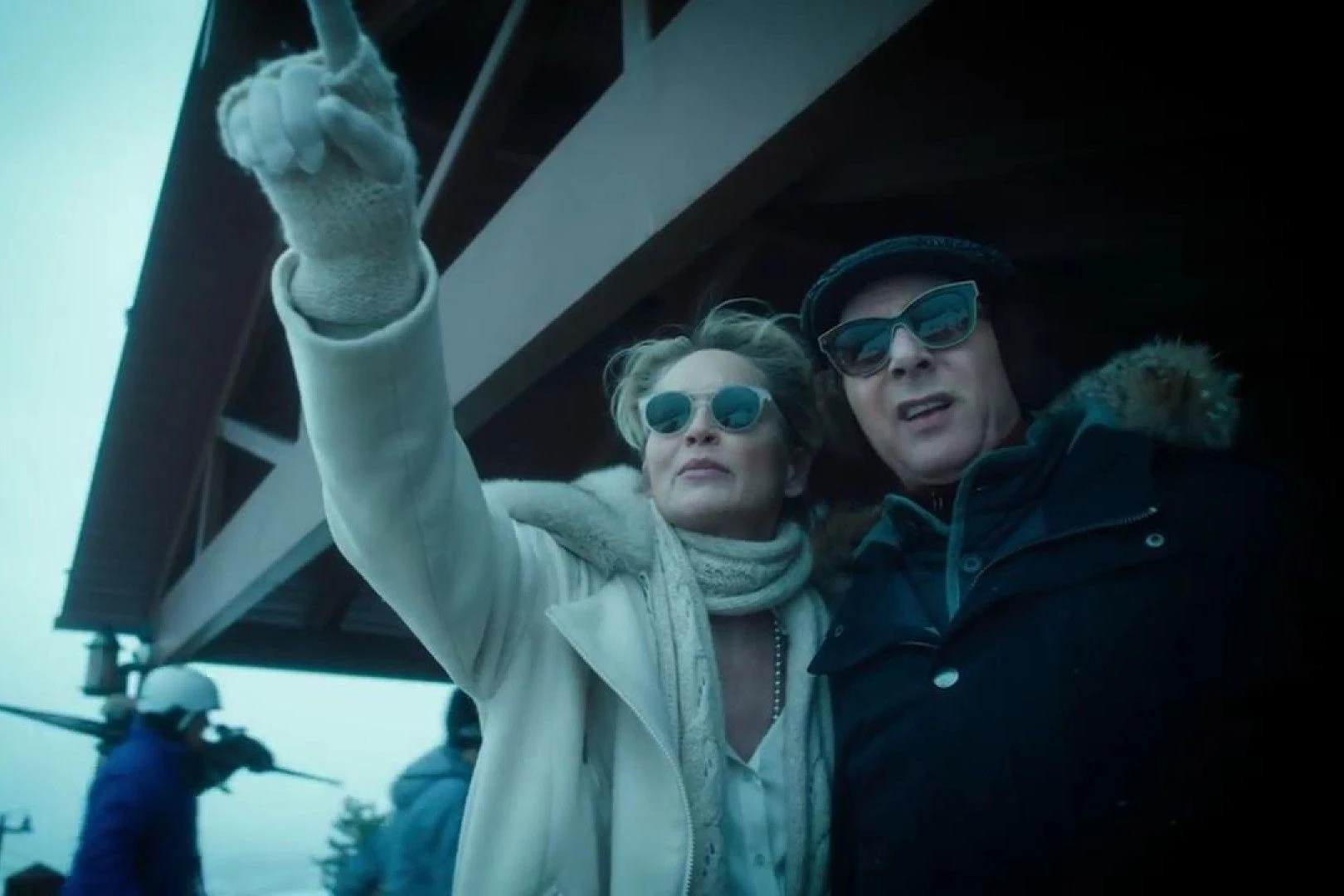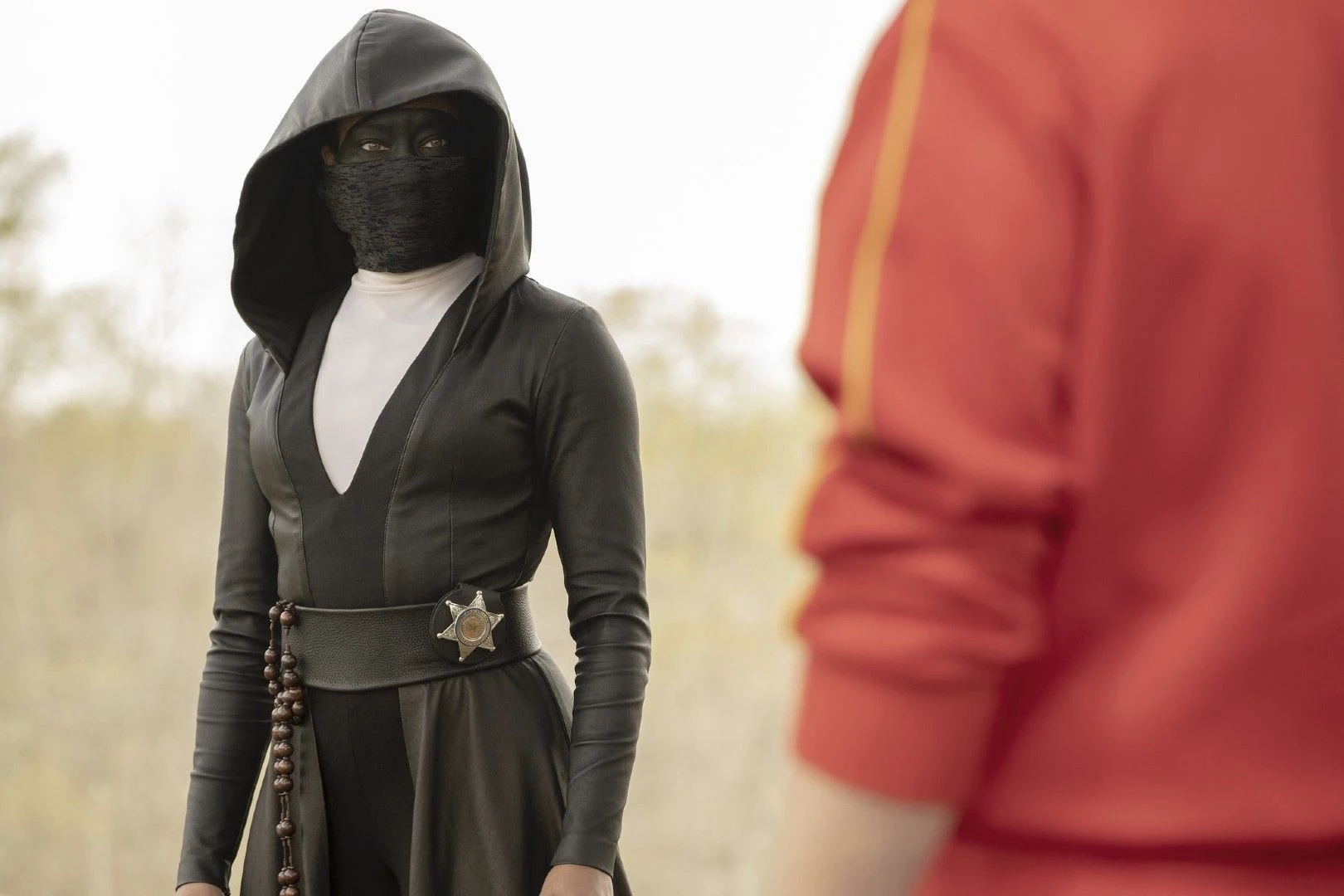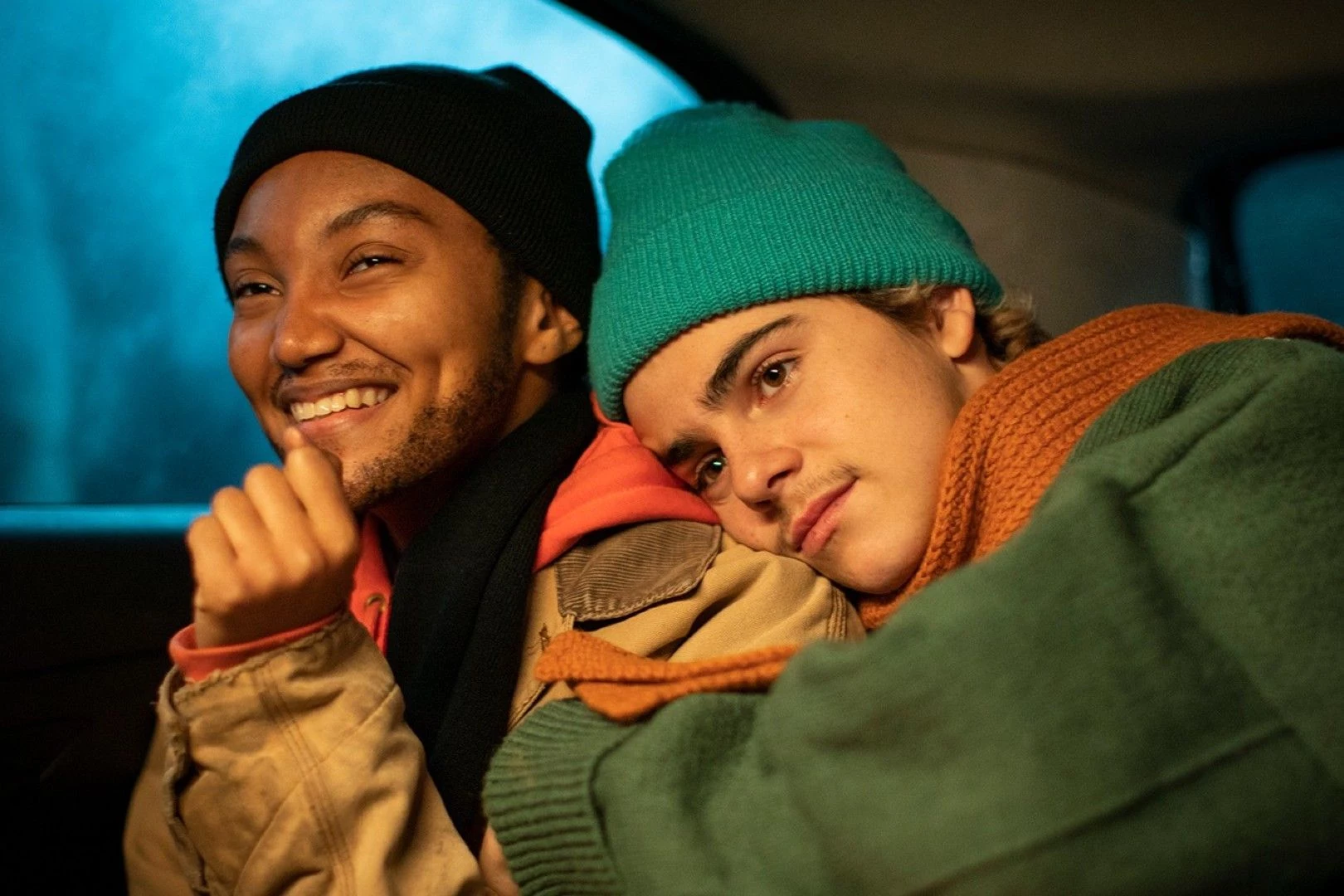
Streaming platforms have mastered the craft of producing exceptional mini-series, continually releasing several each month, designed perfectly for marathon viewing. This method provides an ideal platform for creating must-see television. The brief format of a mini-series appeals to A-list actors whose schedules typically accommodate only film roles. Moreover, it’s an excellent medium for adapting popular novels or extending the plotline of an existing movie across eight to ten episodes.
Often, series that gain immense popularity are given additional seasons, metamorphosing from miniseries into conventional television shows (with The White Lotus being a well-known example). Typically, however, a miniseries remains as it is, choosing to tell a story from start to finish in a concise and logical span of one season.
Nowadays, miniseries are abundant, but they’re predominantly associated with streaming platforms and premium television channels. Over the years, HBO has consistently stood out among its peers as a provider of top-tier TV content. However, due to its long history, many of its projects have come and gone quickly, including some that gained popularity. As a result, they fade from cultural significance and our human memory almost immediately upon their arrival.
We thought it would be helpful to bring your attention back to some excellent HBO miniseries that might have slipped your memory, or perhaps ones you weren’t aware of in the first place. If you’re short on time and don’t want to invest years into a binge-watching marathon, these recommended series are compact yet incredibly engaging.
10 Great HBO Miniseries You Totally Forgot About

1. Generation Kill (2008)
The miniseries “Generation Kill” by HBO is often overlooked, but it’s one of their finest works. The series, based on Evan Wright’s book about his time embedded with U.S. Marines during the 2003 Iraq invasion and overseen by David Simon and Ed Burns from “The Wire”, offers a clear-eyed and mostly objective portrayal of the early months of the war. Alexander Skarsgard, in an early role, plays Staff Sergeant Brad “Iceman” Colbert, a character who is remarkably calm and collected despite the intense and violent circumstances. The series stands out as one of the best depictions of that period since then, due to its unflinching portrayal of reality.

2. Show Me a Hero (2015)
As a movie aficionado looking back, it’s hard to imagine a time when Oscar Isaac wasn’t a household name. In the early 2000s, he was turning heads with standout performances in films like Drive, Inside Llewyn Davis, and A Most Violent Year. But what truly set him apart during this period was his role in the HBO miniseries Show Me a Hero, based on Lisa Belkin’s book about Yonkers, New York Mayor Nick Wasicsko and the racial tensions that erupted due to a federally-mandated public housing development.
Penned by David Simon of The Wire fame, along with William F. Zorzi, a reporter, and directed by Oscar winner Paul Haggis, this series was both critically acclaimed and criminally underappreciated. It garnered praise for its uncompromising exploration of modern racism and systemic bias, as well as for Isaac’s powerful portrayal of Wasicsko. This overlooked gem remains a testament to his versatility and talent even in the face of lesser recognition.

3. The Night Of (2016)
If you recall, during a hot summer, many of us were captivated by the spellbinding miniseries “The Night Of,” a mystery series that starred Riz Ahmed as a Pakistani-American college student falsely accused of murder in New York’s Upper East Side. John Turturro portrayed his resourceful yet seasoned attorney in this production.
For years, discussions about “The Night Of” (originally a British series adaptation named “Criminal Justice”) were ongoing, with James Gandolfini and Robert De Niro both showing interest in Turturro’s role at different times. The final version that made it to our screens presents the classic scenario of a main suspect who can’t recall the crime scene, and this unsettling uncertainty permeates every episode with an intense atmosphere of fear.
Adding to the show’s appeal were standout performances by Ahmed, Turturro, and Michael Kenneth Williams from “The Wire.” Although we may mention “The Wire” too frequently, their contributions helped make “The Night Of” one of the greatest crime dramas ever produced.

4.The Young Pope (2016)
As a dedicated cinema enthusiast, I found myself captivated by “The Young Pope,” a miniseries that left me questioning what the world would be like if the Pope was indeed young. This intriguing premise, despite HBO’s reputation for delivering some of the silliest programming, managed to keep me glued to my seat. In fact, the series was so captivating that it warranted a sequel miniseries titled “The New Pope.”
In this series, Jude Law portrays Lenny Belardo, a young cardinal from New York, who, unexpectedly, assumes the papacy under the name Pius XIII. Navigating the complex web of intrigue within the Vatican while attempting to revolutionize the church itself becomes his challenging mission.
Pius XIII is known for his impolite and flippant demeanor, often seeming high on his own power. However, beneath this brash exterior lies a deeper pain that only Sister Mary, played by Diane Keaton, who raised him in an orphanage, can truly understand.

5. Mosaic (2018)
In the past, when many apps were attempting to revolutionize television by making it more interactive, HBO joined the fray by greenlighting a murder mystery miniseries titled “Mosaic.” Starring Sharon Stone as Olivia Lake, a children’s book author who meets her untimely end at the hands of an unidentified killer, her sister and friends are left to uncover the truth. Initially, viewers could choose to watch it as a traditional TV series or download an app to explore a complex web of dialogue trees, scattered scenes, and background documents, all with the aim of solving the mystery yourself. Unfortunately, both the app and website for this unique viewing experience have been discontinued, leaving only television screenings available now. The innovative nature of the app was in line with director Steven Soderbergh and writer Ed Solomon’s vision for the show, as they intended it to tell a story from multiple perspectives without clear-cut heroes or villains.

6. Sharp Objects (2018)
Gillian Flynn, famous for her bestseller “Gone Girl,” initially gained recognition with her first novel “Sharp Objects.” This book, a blend of Southern gothic and noir genres, tells the story of a journalist who returns to her hometown after a series of mysterious murders occur there. In HBO’s miniseries version, Amy Adams portrays Camille Preaker, a troubled woman dealing with alcoholism and lingering trauma from her past, which includes her home town and her mother (portrayed by Patricia Clarkson). As the story unfolds, she also interacts with her enigmatic teenage half-sister (Eliza Scanlen), all while attempting to solve the case. The show is known for its atmospheric, gloomy feel, reminiscent of a hot, humid Missouri summer, which often pushes people to act irrationally. It was also the last work of director Jean-Marc Vallée before his passing in 2021.

7. Watchmen (2019)
If they were to remake Watchmen once more, they certainly found an eccentric approach to do so. The HBO series is set in a contemporary interpretation of the Watchmen universe, imagining how the masked vigilante movement might have persisted after the comic concluded. Developed by Damon Lindelof, who also worked on Lost and The Leftovers, the show embodies the unique storytelling and tonal qualities one would anticipate from such a series creator. The narrative unfolds in Tulsa, Oklahoma, where a masked hero, portrayed by Regina King, investigates the murder of the police chief amidst a wave of white supremacist violence. As she delves deeper, she uncovers secrets linking present-day events to the Watchmen of the past.

8. I May Destroy You (2020)
In a creative masterpiece spearheaded by Michaela Coel, the creator, writer, co-director, and producer of “I May Destroy You,” we find a television series that embodies the quintessential representation of an individual’s distinctive artistic vision. The story revolves around Arabella, a prominent figure who rose to fame through her social media presence and the publication of her debut book, essentially a modern-day manifesto. However, Arabella’s life takes an unexpected turn when she is raped at a party one night. The narrative unfolds as Arabella seeks to identify her attacker and uncover the events of that fateful evening, while her London friends, predominantly played by Black British actors, grapple with their personal struggles.

9. We Are Who We Are (2020)
Luca Guadagnino, renowned for his numerous acclaimed films worldwide, is not widely recognized for his little-known HBO series. The show titled “We Are Who We Are” follows the journey of two 14-year-olds (Jack Dylan Grazer and Jordan Christine Seamón) as they navigate through teenage life on a fictional Italian military base in 2016. It delves into their friendships, first loves, personal growth, and self-discovery related to gender identity. Unlike other shows that take dramatic leaps, this one is subtle and intimate, emphasizing the significance of everyday moments that collectively shape a day, a week, or even a lifetime where every passing second seems profound.

10. Irma Vep (2022)
One of HBO’s boldest TV series explorations, titled “Irma Vep,” is akin to a Möbius band in its structure: directed by Olivier Assayas and serving as both a remake and continuation of his earlier film with the same name, the show satirizes sequel culture while challenging the boundaries of what a sequel or reboot truly represents. Starring Alicia Vikander as an American actress who trades big-budget blockbusters for a move to France to star in a remake of an old silent film series, the narrative unfolds as she begins to blur the lines between herself and her character (all while navigating the chaos of murder and mystery that ensues).
10 Movies That Were Secretly Part of Bigger Franchises

The Ninth Configuration (1980)
As a cinephile, I can’t help but share my thoughts on the fascinating connection between “The Exorcist” and “The Ninth Configuration”. In “The Exorcist”, when Regan, possessed by an otherworldly entity, prophesied doom to an astronaut named Billy Cutshaw at a gathering in the MacNeil residence, little did we know that this foreboding would unfold into the chilling tale of “The Ninth Configuration”.
Interestingly enough, the director behind this mind-bending sequel is none other than William Peter Blatty, who wrote both films. Initially, Blatty had planned to adapt his novel “Twinkle, Twinkle, “Killer” Kane!” but faced funding issues. So, he and Friedkin collaborated on “The Exorcist” instead. Later, Blatty revisited his original idea, revising the novel and renaming it “The Ninth Configuration”. Unfortunately, studios were hesitant to invest in the film adaptation, so Blatty took matters into his own hands. He self-directed the movie, securing half the funding from PepsiCo on the condition that he filmed the movie in Hungary for tax purposes.
Fascinatingly, Blatty continued his directorial journey with “The Exorcist III”, which serves as a sequel to the original “Exorcist” and is often considered the third instalment in this unofficial trilogy.

Predator 2 (1990)
In the thrilling prelude to both the Marvel Cinematic Universe and the Star Wars galaxy, an intriguing Easter egg emerged long before. This revelation took place during the closing moments of Predator 2 when Danny Glover ventures into a hidden Yautja spaceship. Upon entering, he discovers a trophy wall adorned with the skulls of the alien’s past victories. Among these skulls, an unmistakable Xenomorph skull was displayed, signaling for the first time that the two extraterrestrial franchises of 20th Century Fox, Alien and Predator, coexist in the same universe.
This concept of an Alien and Predator crossover was originally conceived within the creative minds at Dark Horse Comics, as evidenced by their 1989 Aliens vs. Predator comic series that interwove these two narratives. The 2004 Alien vs. Predator film serves as a loose adaptation of this comic, marking the official union of the two series following the hint dropped in Predator 2.

Trainspotting (1996)
As a devoted film enthusiast, I have to admit that I didn’t know much about the mysterious character named Hugo, the troubled flatmate whose death and mysterious suitcase set the stage for Danny Boyle’s debut feature, “Shallow Grave”. That is, until Boyle’s second movie, “Trainspotting”, was released. In a twist that left many puzzled, Hugo surprisingly appeared alive in this film. Actor Keith Allen reprised his role, hinting to those of us who were paying close attention that perhaps “Trainspotting” was actually a prequel to “Shallow Grave”. However, the characters played by Ewan McGregor and Peter Mullan in both films seemed to be entirely different individuals.
But wait, there’s more! Hugo doesn’t show up again in the sequel “T2 Trainspotting”, suggesting that he ultimately succumbed to his drug overdose sometime between those two movies, leaving us to wonder if these characters might somehow be connected after all.

Soldier (1998)
Indeed, contrary to popular opinion, Paul W.S. Anderson’s movie featuring Kurt Russell as a skilled space combatant embroiled in an interstellar struggle, where his commanders are against him, is secretly a continuation of one of the most renowned science fiction films ever made – Blade Runner.
Although Soldier from 1998 doesn’t overtly acknowledge its connection to Blade Runner, it subtly hints at it through various Easter eggs. For instance, Russell’s character mentions fighting in the “Shoulder of Orion” and “Tannhäuser Gate” space battles, which were also mentioned by Roy Batty during his famous soliloquy. Furthermore, on the garbage disposal planet where Russell’s character is banished, you can spot the debris of a Spinner, one of the flying cars from Blade Runner. Both films were penned by David Webb Peoples, who has himself characterized Soldier as a “spin-off sequel” to Blade Runner, a spiritual successor that reinterprets aspects of the earlier film.

Get Him to the Greek (2010)
Back in the day, I couldn’t believe my luck when I got to play Aldous Snow, the Jack Sparrow-esque rock star, in “Forgetting Sarah Marshall.” The character was such a hit that he got his own spinoff! In “Get Him to the Greek,” I reprise the role of this troubled musician who’s once again spiraling out of control – this time just as he’s supposed to make a comeback at the Greek Theatre in LA. Jonah Hill, who was an obsessed Aldous Snow fan in “Forgetting Sarah Marshall,” is back too, but this time playing Aaron Green, a completely different character – a guy working for my record company who has to escort me to the venue while dodging all sorts of wild adventures. Fun fact: The announcement for this film came only a week after “Forgetting Sarah Marshall” hit theaters!

Machete (2010)
In a nod to Robert Rodriguez’s dedicated fans and perhaps confusing for newcomers, it’s worth noting that many of Rodriguez’s films share a common universe. This creative connection between Rodriguez and Quentin Tarantino is evident in their collaborative work, such as the 2007 double feature “Grindhouse.” During the trailer reel for this film, a mock trailer for an action-comedy B-movie called “Machete” featuring Danny Trejo was presented. This mock trailer later developed into two full-length films starring Trejo as the title character. Interestingly, Trejo had previously portrayed “Uncle Machete” in the “Spy Kids” series, where he played the estranged inventor brother of Antonio Banderas’ secret agent Gregorio Cortez. However, it is both yes and no that these two Machetes are the same individual. In jest, Trejo has suggested that the “Machete” films depict what Uncle Machete does when he’s not assisting his niece and nephew, while Rodriguez has stated that the Machete of “Machete” and “Machete Kills” is an alternative version of the same character, but they don’t exist in the same timeline.

Split (2016)
It’s no secret that when it was revealed that M. Night Shyamalan’s horror film “Split” was actually a sequel to his superhero movie “Unbreakable”, many of us were left in awe, especially since the movie’s marketing had skillfully kept the twist under wraps until its release – a feat seemingly impossible to achieve nowadays. As the movie came to an end, with diner patrons watching a news broadcast about a villain known as “The Horde” who turned out to be none other than David Dunn from “Unbreakable”, it became clear that Shyamalan was setting up his next film, “Glass”. This follow-up promised (and for many, delivered) an epic confrontation between all three characters and a satisfying conclusion to the unforeseen trilogy.

The Curse of La Llorona (2019)
Michael Chaves’ horror film, “The Curse of La Llorona,” is the only one among several Llorona-themed horror movies produced within about five years that links to James Wan’s “Conjuring” universe. However, it only has a loose connection. In the movie, when a mother discovers her family is being threatened by the dangerous Mexican spirit, she turns to Father Perez for help. Father Perez hints at a previous haunting he experienced involving a cursed doll. This doll is none other than Annabelle from the “Annabelle” series, a spin-off of the “Conjuring” movies, and Father Perez made an appearance in the first “Annabelle.” Despite being produced by Wan and writer Gary Dauberman of “Annabelle,” director Michael Chaves clarifies that “The Curse of La Llorona” is not intended to be a direct sequel to the “Conjuring” series, despite the connection.

Transformers: Rise of the Beasts (2023)
As someone who’s always eager for a great movie, I can’t help but marvel at how numerous toy franchises have graced our screens. Yet, it seems incredible that Hasbro hasn’t endeavored to create a cinematic universe akin to Marvel or DC. That is, until now! In the closing moments of ‘Transformers: Rise of the Beasts’, electronics whiz and accidental Autobots ally Noah Diaz (Anthony Ramos) finds himself in an unexpected situation – what he thought was a job interview for a security position, turns out to be a covert meeting with a secret military organization known as G.I. Joe. You might recall the last time we encountered the G.I. Joes was in 2021’s ‘Snake Eyes: G.I. Joe Origins’, but perhaps a crossover with Transformers could be the spark that reignites this franchise’s popularity.

Argylle (2024)
In the final credits of Matthew Vaughn’s film, “Argylle,” which has been dubbed a box-office bomb, it was revealed that the movie is in fact a spin-off from the “Kingsman” series. Although this confirmation came at the end, viewers had already suspected that the film was connected to the popular spy franchise, as hints were dropped throughout. In a pivotal scene, a young Argylle, prior to his days as a secret agent, is shown being recruited by the Kingsman agency, confirming the character’s ties to the Kingsman world. The onscreen message “Argylle: Book One – The Movie coming soon” further confirmed this connection. Vaughn has since confirmed that “Argylle” is part of the “Kingsman” universe, and more films featuring Argylle are in development, with plans for a crossover between “Argylle,” “Kingsman,” and another yet-to-be-named franchise in an upcoming movie. Fans of “Argylle” can look forward to future installments in the series.
Read More
- Золото прогноз
- Percy Jackson Season 2’s Tyson Explained: Everything You Need To Know About The Cyclops Character
- Прогноз нефти
- Прогноз криптовалюты BNB: прогнозы цены BNB
- Прогноз криптовалюты IP: прогнозы цены IP
- Supergirl Movie Will Clarify Superman 2025’s Most Controversial Retcon, Confirms Star
- Группа Аренадата акции прогноз. Цена акций DATA
- Critics Have Seen Zootopia 2. How Does The Pun-Filled Disney Sequel Compare To Its Oscar-Winning Predecessor?
- Лента акции прогноз. Цена акций LENT
- I Love Ariel Winter’s Explanation For Why She Gets Just As Excited About Animated Characters Like Princess Sofia As Live-Action Roles
2025-09-05 22:01